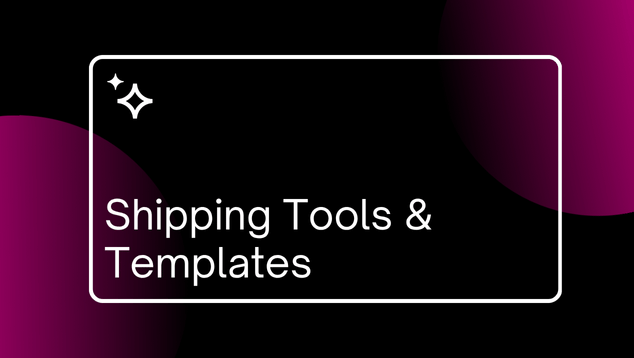Effects of a Warehouse Picking strategy for E-commerce
Warehouse picking is an important process in any E-commerce. Efficiently managing products has great advantages, since the success of an e-commerce starts from the warehouse.
An appropriate picking strategy for your online store will cover the needs of your business and avoid economic losses and delayed shipments.
Today we will explain the different picking systems to help you choose the one that benefits your e-commerce. And will reduce part of the operating costs of your business.

Table of Contents
Warehouse picking
The warehouse picking is the process of preparing the orders made by a customer and is one of the most important and expensive functions in the shipment of goods. During picking, the warehouse will only collect the products that have been requested.
This is where the customer experience begins and where you can avoid astronomical costs in logistics.
Depending on the storage process, the customer may have a good or bad experience. And this will be reflected in your online store.
In addition to having a direct effect on the customer, the preparation of the order can also generate economic losses or help you save money.
Order preparation is one of the activities that generates the most costs in a warehouse. The figure is centered around 40% and 60% of total expenses. But it increases if there are errors in the shipments and the customer receives a product that he did not want.
In these cases, the return costs will go directly to the online store. So it is the merchant who has to face these costs.

One of the main problems that many e-commerce have with their warehouse is the management of the products. In order to succeed, your store must be managed impeccably.
However, not all picking strategies are suitable for any e-commerce. You must take into account the type of product sold, the number of orders placed and the size of the warehouse, among other things.

Main objectives of a picking list template
Behind any warehouse picking there is a strategy that, at best, has been implemented to meet the needs of the online store. This strategy is tested on orders.
The realization of the orders of an e-commerce begins with a picking list. This document is very important to carry out the order without complications.
For the entire process to be successful, you will have to create a pick list template.
What is a Picking List
Before you start designing your template you have to know what a picking list is.
To start with the collection of products in the warehouse, you will deliver to the warehouse a document detailing the products you want them to manage.
Usually, a picking list includes information about the items, their location in the warehouse and shipping details.

With these informations you will know how to make a picking list that fits the needs of your e-commerce. Creating a picking list in Excel will allow you to customize the document.
The importance of creating a warehouse picking strategy
As we mentioned before, warehouse picking is one of the most expensive operations. Reducing these expenses is essential to avoid economic losses. And the best way to do it is to create a good picking strategy.
To do this, you will have to take into account different points. For example, you should detail the way in which warehouse operators can reduce the distance traveled when looking for a product.
Two of the most important objectives of picking are to reduce the distances traveled by the warehouse team and improve the accuracy of product collection.
The time it takes for your team to go looking for the product can be reduced by including different items on the same trip. Improving picking accuracy can be achieved by labeling products in the warehouse and creating picking lists that can be read easily.

The picking process for E-commerce
The e-commerce picking process you choose should cover your needs and avoid generating more costs.
There are different types of warehouse picking that you can choose. Here are some of them:
1. Pick to box. This is a type of group picking in which the references of the products are collected in a grouped way.
2. Batch picking. This batch picking collects the products of all orders together and then separates them.
3. Goods to person. In this case, the products travel automatically to the operators.
4. Person to goods. Unlike the previous one, in this method the operators receive a pick list.
5. Picking on shelves. For this method it is likely that machinery would be needed to collect the products from the raised shelves.
6. Low level picking. Here the picking area can be accessed without machinery.
Depending on the order you place at the warehouse, you may have to combine several methods.
A good warehouse system will help you improve the ROI of your e-commerce
With a good management system for warehouse picking in your store you can benefit from many advantages.
An efficient system that manages warehouse inventory can improve the ROI of your e-commerce. With an inventory template you will have more control over the products in the warehouse.
You will be able to know exactly the orders you have to make, the location of your items, the stock you have and many more things. Managing the inventory of the warehouse in Excel will allow you to create better picking lists and optimize the fulfillment of orders to the warehouse.
Benefit from the advantages of an effective management of your e-commerce and avoid astronomical costs generated by picking!
Learn how to easily create a picking list in ShippyPro!

ShippyPro is the complete shipping software for online and offline retail. With Label Creator, Track & Trace, Easy Return and Analytics features, our software simplifies your shipping operations. ShippyPro integrates with over 180 carriers and 80 sales channels, making it compatible with a wide range of products and use cases.













